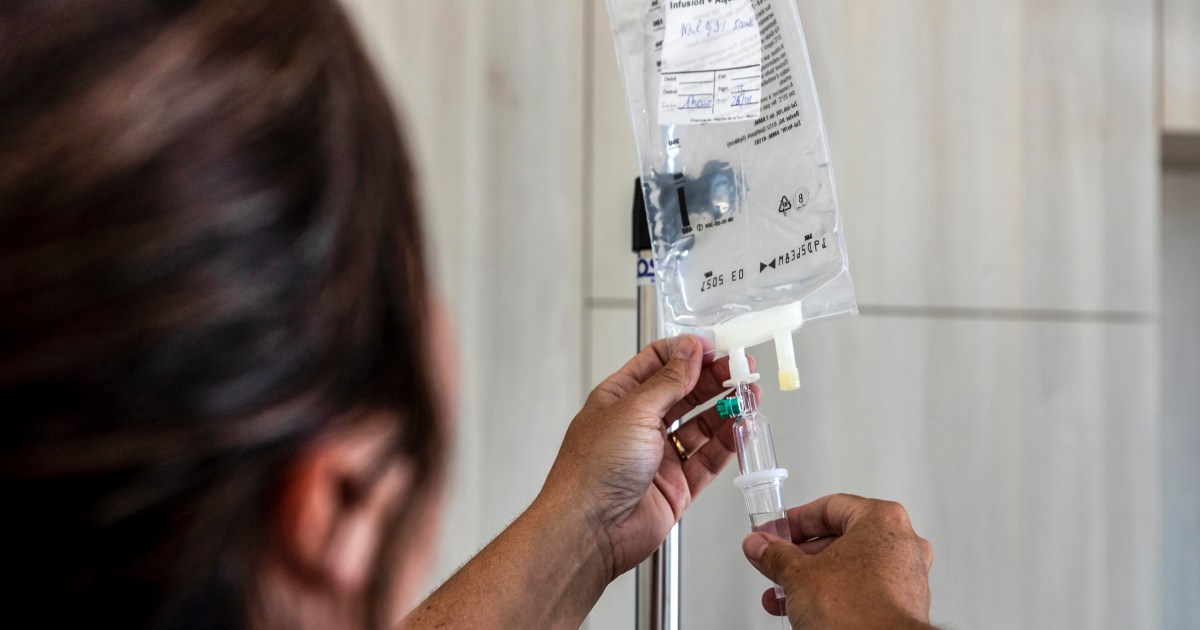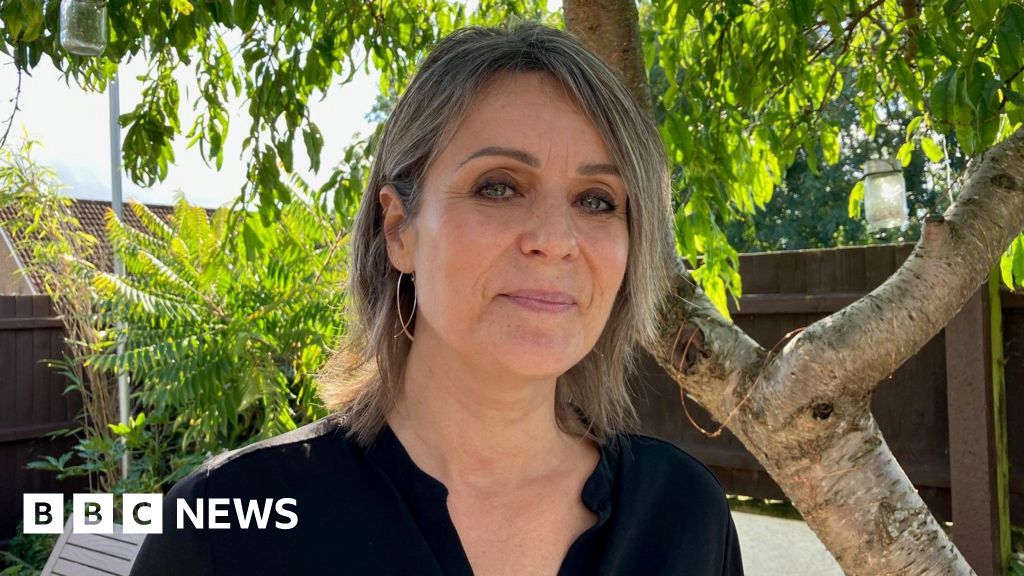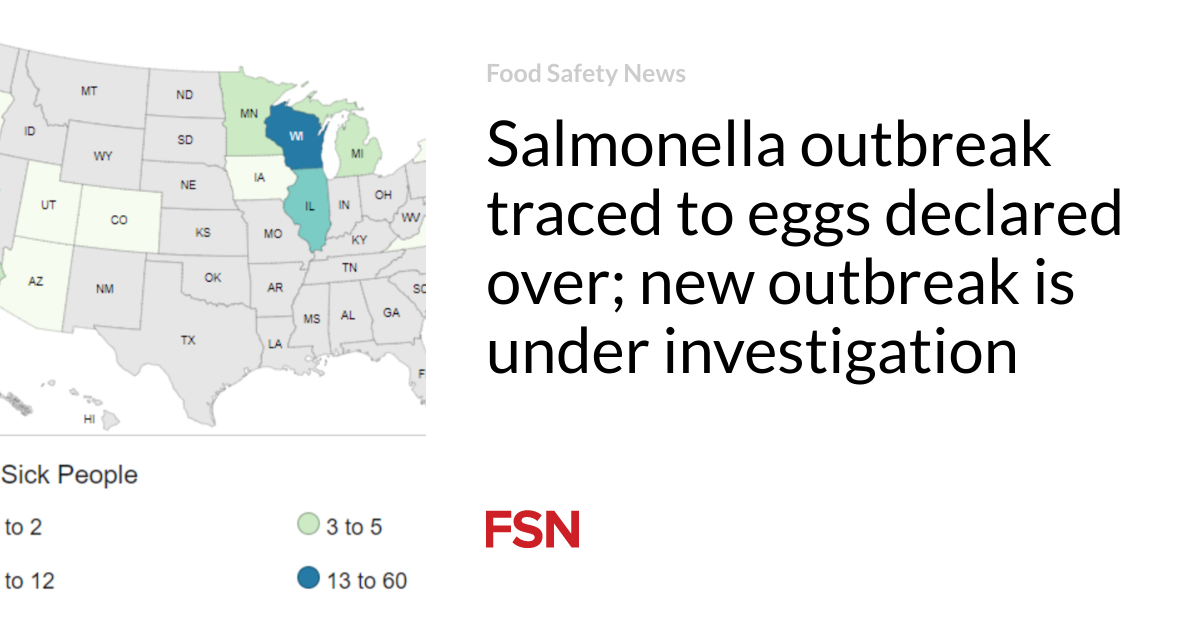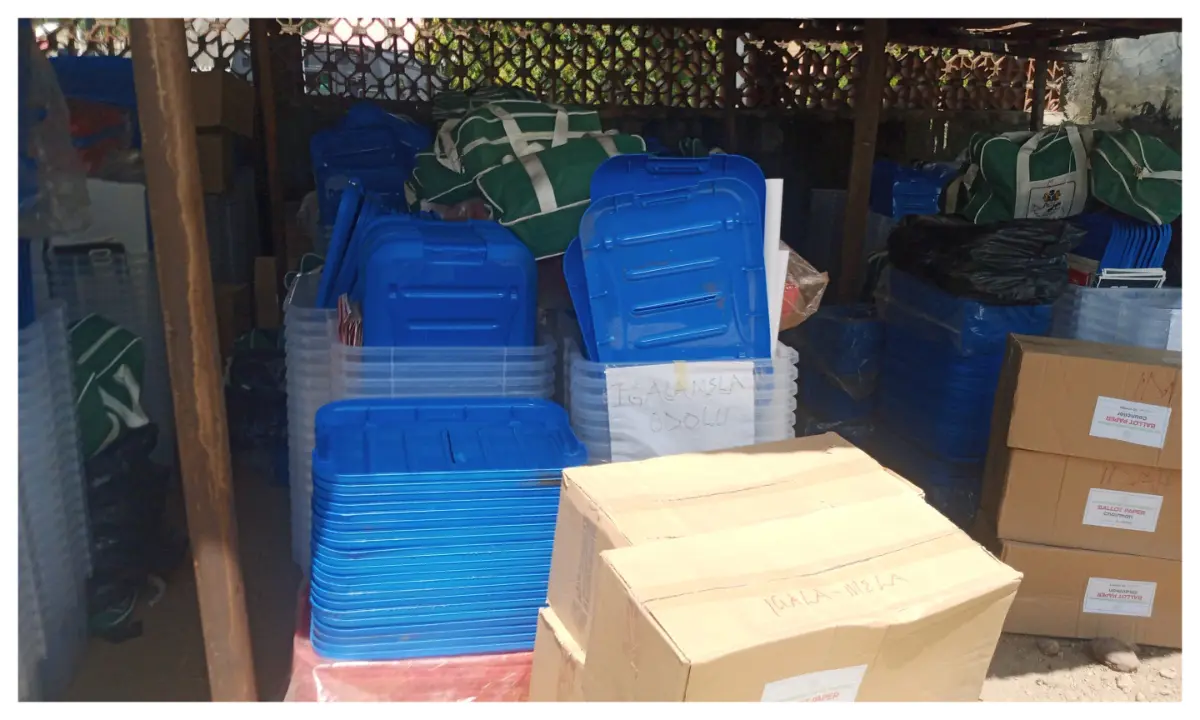

Years before Hurricane Helene shut down a critical intravenous fluid facility in North Carolina, sparking concerns in hospitals across the country, many common IV fluids were already in short supply in the U.S.
Saline solution, a mixture of sodium chloride and water, has been in shortage since 2018, according to the Food and Drug Administration’s drug shortage database. Saline drips, which provide hydration, are a frequent sight in hospitals. And sterile water, which is used to mix with medications, dilute other fluids or clean wounds, has been in shortage since 2021.
And several concentrations of dextrose, a sugar solution used to help patients who can’t eat, have low blood sugar or need extra energy, have been in short supply since early 2022.
Helene’s damage to the Baxter International plant in North Carolina triggered several additional shortages, the FDA said last week, including another concentration of dextrose solution, along with an electrolyte solution called lactated Ringer’s and a peritoneal dialysis solution for patients with kidney failure.
So, why are these essential fluids — a lifeline for hospitals — so hard to come by?
As is often the case with drug shortages, it comes down to money, and IV fluids don’t bring in much of it for manufacturers, said Erin Fox, senior pharmacy director at the University of Utah Health.
“These are life-saving products, but at the same time these are absolutely treated as kind of commodities,” Fox said.
The high barrier to entry — including the time and cost required to meet the regulatory requirements for setting up a manufacturing facility — along with the pressure to keep prices low, means drugmakers aren’t really motivated to jump into the market, Fox said.
IV fluids, she said, also require an extraordinary amount of space: A single bag of saline, for example, is about the size of a loaf of bread and weighs just over 2 pounds.
“So not just any space, but also has to be able to hold heavy weight,” Fox said.
To complicate matters, these products are difficult to make — even sterile water or saline solution.
“I know everyone is like, ‘It’s just salt and water! What do you mean?’” Fox said. “But making sure that everything is completely sterile and particle-free and really safe to give inside someone’s vein is a lot of work.”
Michael Ganio, senior director of pharmacy practice and quality at the American Society of Health-System Pharmacists, a group that tracks drug shortages in the U.S., said that a significant concern is endotoxins, harmful substances found in bacteria that can cause a strong immune reaction in the body, including fever and inflammation. Endotoxins are highly resistant to sterilization, meaning manufacturers have to continuously monitor and control for their presence.
“There are multiple tests that go into these generic injectables, and yet, the prices don’t reflect a lot of that additional work that has to go into it,” Ganio said.
In the U.S., the IV fluid market is sustained primarily by four manufacturers: Baxter International, which makes about 60% of the country’s IV liquids; B. Braun Medical, which makes about 23%; followed by ICU Medical and Fresenius Kabi.
That means when one manufacturer shuts down, it hits U.S. hospitals hard, Fox said.
“Any little glitch in the system can really disrupt things and create some shortages,” said Fox, who said her hospital hasn’t received any IV fluid shipments since the end of September. “Unless we’re going to pay these companies to have extra capacity that is sitting there waiting — which is very, very expensive — this is a shortage that we can’t stockpile our way out of.”
Government invokes wartime power
Hospitals have grown accustomed to situations like the Baxter facility shutting down, said Dr. Chris DeRienzo, a neonatologist and the chief physician executive of the American Hospital Association. In 2017, Hurricane Maria damaged three IV fluid manufacturing plants in Puerto Rico, also operated by Baxter, which led to a shortage.
“Although this particular shortage on these particular IV fluids is not something we’ve encountered,” DeRienzo said. Along with IV fluids, the North Carolina Baxter facility also made specialty fluids, such as peritoneal dialysis fluid as well as irrigation fluids, used to clean wounds.
In the case of the Baxter closure, the federal government has been racing to fill the gap. The Department of Health and Human Services announced last week that it invoked the Defense Production Act, a wartime power that will help Baxter obtain materials to clean and rebuild its facility. Under the law, Baxter will get priority access to certain materials, even if there are shortages or supply disruptions, and access to funding to scale up production.
The FDA is also temporarily allowing Baxter to import products from its plants in Canada, China, Ireland and the U.K.
On Tuesday, a spokesperson for HHS said the efforts had led to a 50% increase in available IV fluid products compared to shortly after the Baxter plant closed. Hospitals had been reporting getting only 40% of their usual shipments from the company.
Ganio said those measures won’t solve the ongoing IV fluid shortage problems long term.
That may require incentives, such as a guarantee that over time companies will make a profit on their products. This is a critical issue for the entire generic drug market, he said, including for other drugs in shortages like cancer treatments.
“The IV fluids are kind of a good example of the chronic shortages,” he said.








